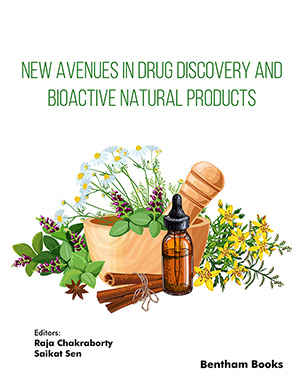Abstract
SHS investigation development is considered from the geographical and historical viewpoint. 3 stages are described. Within Stage 1 the work was carried out in the Department of the Institute of Chemical Physics in Chernogolovka where the scientific discovery had been made. At Stage 2 the interest to SHS arose in different cities and towns of the former USSR. Within Stage 3 SHS entered the international scene. Now SHS processes and products are being studied in more than 50 countries.
Abstract
Natural products have historically made a significant contribution to
traditional and modern medicine and are considered one of the most successful new
structural leads and effective drug development sources. Secondary metabolites and
their structural analogues produced by suitable chemical or biological modifications
have helped significantly to discover new lead molecules from herbal medicines.
Moreover, 34% of prescription drugs are from plant-based or semi-synthetic
derivatives, which include anti-cancer, anti-Alzheimer's, anti-hypertensive, anti-psychotic, infectious diseases and immunosuppressive molecules. More than 80% of
people worldwide rely on herbal medicinal products and approximately 60% of clinical
medicines are prepared from natural resources. This book chapter deals with the
introduction to the phytochemical investigation, the significance and systematic steps
involved in the phytochemical investigation, characteristics of phytoconstituents,
selection of solvents, solvents influence and extraction procedure of natural products
and treatment of plant residue after extraction. Further, the application of in silico
molecular docking studies for the phytoconstituents detected from medicinal plant
extracts to identify novel possible lead compounds against disease therapeutic targets.
The key steps that enable natural product-based drug development and discovery with
recent technological advancements are summarized.
Keywords:
Drug discovery, Medicinal plants, Molecular docking studies, Phytoconstituents, Therapeutic targets.
We recommend

Authors:Bentham Science Books






